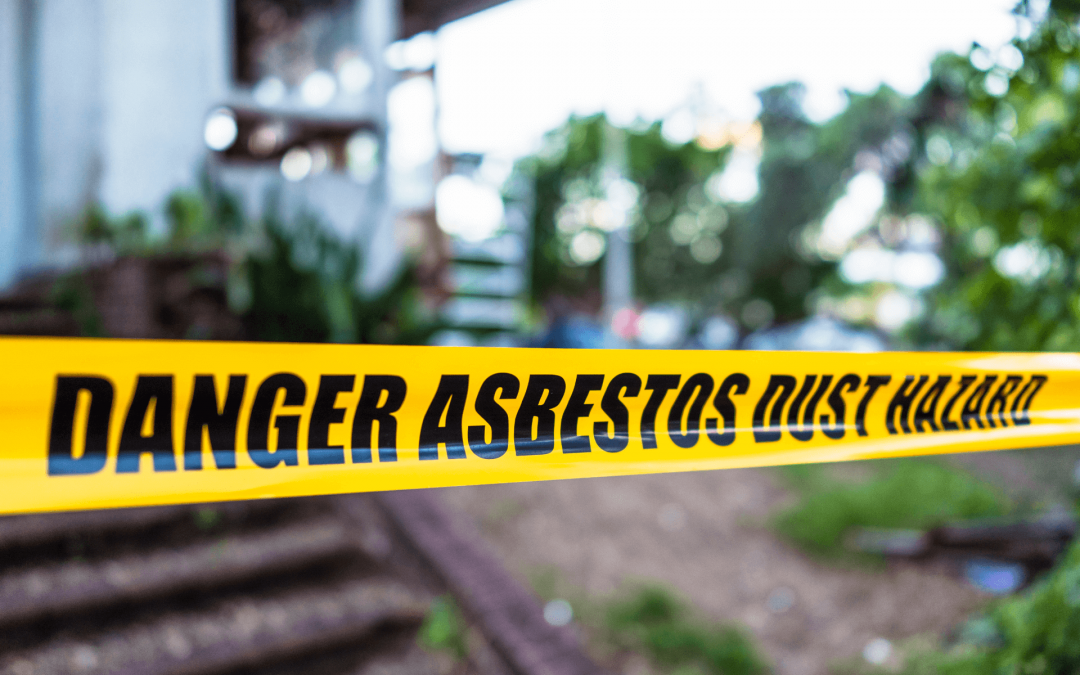Many people worry about the presence of asbestos in their homes, particularly Many people worry about the presence of asbestos in their homes, particularly in their paint. Unfortunately, these concerns are real. Builders regularly used the substance before the 1970s in home-building applications, including indoor decorating, which can lead to potential asbestos problems.
Fortunately, the asbestos fibres trapped inside another substance aren’t dangerous. However, they can cause harm if released into the air during renovations or demolition.
The asbestos content of some paints used before the 1900s was high. Many contained up to 20% of the substance to improve texture and fireproofing.
These paints didn’t present a danger as long as the fibres remained inside the paint. However, as soon as homeowners sanded them or they began to chip, it risked releasing fibres into the air, leading to conditions like lung cancer and asbestosis.
The Australian government banned asbestos-containing paint at the end of 2003 to reduce risks to the public. However, the government action didn’t remove the paint already in buildings. Consequently, millions of people across the country still live and work in asbestos-containing environments.
That’s why we developed our asbestos testing kit. It enables you to test for the substance in your home and remove it to reduce the risk of harm.
How Our Asbestos Testing Kit Works
Testing for asbestos in your home is simple and cost-effective with About the House. Our service lets you safely collect and deposit samples, giving you a fast answer on whether you have asbestos in your property.
Step 1: Grab A Clip-Lock Bag
The first step is to grab a clip-lock bag for the sample. Check it closes firmly at the top to prevent asbestos-containing substances from falling out during transit.
Next, write your contact name, phone number, and address details on the sample bag. Including this information will help us identify you.
Step 2: Take The Sample
The next step is to take the sample from any asbestos-affected paint. We suggest collecting a thumbnail-sized amount so there’s enough material for proper analysis.
If collecting multiple samples, include them in a separate labelled bag. For example, you might have a sample that says “living room” and another one that says “garage.”
Step 3: Complete The Online Form
After that, complete the online form on our website. Provide your name, business name (if applicable), phone number, email, and property address. The information you provide here should match the details on the sample bag.
Step 4: Drop Off The Sample AT Our Kariong Office
Drop off the sample at our Kariong Office. The address is Shop 5, 10 Curringa Road Kariong, NSW, Australia 2250.
During office hours, you can hand the sample to our team. Otherwise, you can leave them in our out-of-hours drop box by the door.
Step 5: Testing
During the next phase, our team will test the samples to detect the presence of asbestos using various techniques. These can provide detailed information about the size, shape, and composition of asbestos fibres, giving you detailed information you can use to make decisions.
Step 6: Results
If we find the presence of asbestos, we will alert you via email along with evidence. Then, you can decide whether you want it removed professionally.
We strongly recommend professional removal. Going ahead with building work anyway could lead to significant health problems in the future.
Why Asbestos Testing Is Essential
Given the dangers of asbestos, we recommend everyone planning renovations perform testing first. Older buildings often contain dangerous fibres that can fly into the air during renovations.
Remember, asbestos is a hazardous material. The fibres are microscopic, so they are much more likely to go airborne during drilling and sanding. It’s impossible to differentiate them from regular dust with the naked eye.
It is also more common in older buildings. Those constructed before 1970 are most likely to contain the substance behind the paint, but even newer buildings can have it, which makes testing for these an even higher priority.
Early detection with proper testing helps you make more informed decisions. Instead of going ahead wantonly with work, you can find out whether you or others are at risk first and then make a decision.
If you do detect asbestos, remove it first. While it might add some additional cost, it will also protect the health of everyone involved.
If you’d like to learn more about our drop-off asbestos sampling service, get in touch. It’s affordable and effective and gives you peace of mind.
